Introduction
The Hyundai i20 is a roomy and feature-rich hatchback with efficient engines and modern styling. Yet, many owners report persistent cabin noise issues—such as suspension creaks, rear clunks, engine ticks, and wind intrusion at speed—which can spoil the comfort even on short drives. A well-planned damping upgrade is the most effective way to restore SUV-like cabin calm.
Common Noise Challenges in the Hyundai i20
Based on user forums, feedback and problem summaries:
-
Suspension creaks over bumps: Drivers commonly hear squeaks or groans from suspension bushes or stabilizer links after speed breakers or slower acceleration
-
Rear clunk when stopping: An intermittent knocking noise from the rear suspension or chassis is often reported even after service visits
-
Wind/humming noise at speed (~50+ mph): Described as loose underneath or wind-catching howl, especially on older coupe models
-
Intermittent engine tick or rattling: Especially during warm-up or low-RPM driving; timing chain or engine cover suspected
-
Humming or high-frequency electronic noise inside: Suggested by some to be fake engine noise pumped through the infotainment system
Why Choose Paramat Damping for Your Hyundai i20
Paramat’s premium range addresses the i20’s specific noise pain points:
-
TitanCore – Strengthens doors and trims to reduce wind buzz and trim rattles.
-
PrimeThick – Absorbs road hum and suspension shocks via damping floor pan, wheel arches, and firewall zones.
-
OptiSound – Targets dashboard backing, roof liner, and hatch areas to minimize cabin resonance and engine tick transmission.
Each product is durable, lightweight, and DIY‑friendly, making your i20 more refined without complexity.
Quick Overview of the Installation
-
Clean – Remove interior panels; wipe exposed metal with alcohol/degreaser.
-
Cut & Fit – Trim sheets to precisely fit doors, floor pan, wheel arches, firewall, hatch, and roof contours.
-
Apply – Peel backing and carefully position each piece.
-
Roll – Use a roller to fully bond sheets and remove air pockets.
Just one quality layer per area usually delivers strong results.
Recommended Damping Materials & Quantity for Hyundai i20
Front Doors: TitanCore – 4 sheets
Rear Doors: TitanCore – 4 sheets
Floor Pan & Firewall: PrimeThick – 5 sheets
Wheel Arches & Underbody: PrimeThick – 2 sheets
Roof / Hatch Area: OptiSound – 2 sheets
Estimate is based on ~60–80% coverage; increase for fuller noise suppression.
Final Thoughts
The Hyundai i20 may be reliable and efficient, but NVH quirks like suspension squeaks, rear clunks, tuning-induced engine ticks, and wind noise can degrade its appeal. With targeted use of TitanCore, PrimeThick, and OptiSound, Paramat damping helps eliminate these distractions—turning your hatchback into a peaceful, composed ride perfect for roads near and far.
Ready to bring calm back to your i20? Explore Paramat damping kits or contact our team for personalized recommendations.


